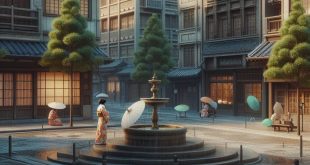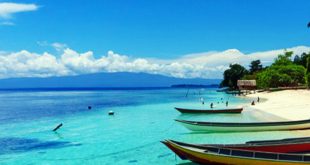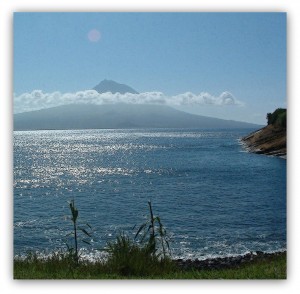 38 ° 33’16 .61” N, 28 ° 26’28 .62” W, these are the geographical coordinates of the Cachorro small airport on the island of Pico in the central part of the archipelago of the Azores. Today I wanted to devote my time to discover this land where reigns a sovereign particular, its volcano, 2,300 meters high. You know me, and you can certainly imagine why I chose this island. Yes, it has a wild charm that characterizes the landscape, its dark lava. I can not hide – because on this I also had lunch and drank – that for me it will be also famous for its excellent wine grown in its precious vineyards, so special as to be considered a World Heritage Site.
38 ° 33’16 .61” N, 28 ° 26’28 .62” W, these are the geographical coordinates of the Cachorro small airport on the island of Pico in the central part of the archipelago of the Azores. Today I wanted to devote my time to discover this land where reigns a sovereign particular, its volcano, 2,300 meters high. You know me, and you can certainly imagine why I chose this island. Yes, it has a wild charm that characterizes the landscape, its dark lava. I can not hide – because on this I also had lunch and drank – that for me it will be also famous for its excellent wine grown in its precious vineyards, so special as to be considered a World Heritage Site.
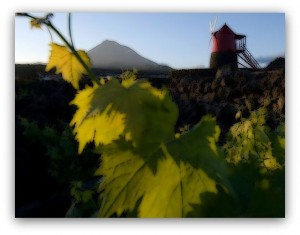 What do you say to taste a wine that comes from the basaltic rock? It seems strange as it may come out a delicious wine from such a soil, and yet, in the past, this wine went directly to the table of the Czar of Russia. On the island, the cultivation of the vine began at the end of the fifteenth century, and it is thanks to the volcanic soil, the microclimate dry and warm, the screws – the grape verdelho – mature harmoniously. If I have to describe the wine I enjoyed having lunch with fish and crustaceans, we describe a fresh and fruity wine, dry and light. But I also know your tastes, and you imagine sitting next to me, while enjoying the vinho de cheiro (fragolino wine), wine for the days of feast days. I have not had time to visit the museum of the whalers, but if you come on the island of Pico do not forget this opportunity.
What do you say to taste a wine that comes from the basaltic rock? It seems strange as it may come out a delicious wine from such a soil, and yet, in the past, this wine went directly to the table of the Czar of Russia. On the island, the cultivation of the vine began at the end of the fifteenth century, and it is thanks to the volcanic soil, the microclimate dry and warm, the screws – the grape verdelho – mature harmoniously. If I have to describe the wine I enjoyed having lunch with fish and crustaceans, we describe a fresh and fruity wine, dry and light. But I also know your tastes, and you imagine sitting next to me, while enjoying the vinho de cheiro (fragolino wine), wine for the days of feast days. I have not had time to visit the museum of the whalers, but if you come on the island of Pico do not forget this opportunity.
Before we say goodbye, I want to remind a different opportunity, but away from 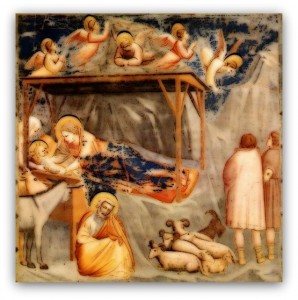 these nine gems green surrounded by blue. In central Italy, from July 26 to November 30, you have the opportunity to visit nine small towns, each embellished with frescoes by Giotto and Gentile da Fabriano. http://cultura.panorama.it/arte-idee/foto/Giotto-Gentile-Pittura-Scultura-Fabriano . In a seemingly peripheral territory, with the great circuits of cultural tourism offered by Florence, Rome or Venice, within a relatively small area, you can visit ancient churches and monasteries, but also frescoes, altarpieces. What has flourished in the fourteenth century, is waiting for you in Fabriano and Sassoferrato, Cagli and Gubbio, Gualdo Tadino and Nocera Umbra, Esanatoglia, Matelica and San Severino Marche.
these nine gems green surrounded by blue. In central Italy, from July 26 to November 30, you have the opportunity to visit nine small towns, each embellished with frescoes by Giotto and Gentile da Fabriano. http://cultura.panorama.it/arte-idee/foto/Giotto-Gentile-Pittura-Scultura-Fabriano . In a seemingly peripheral territory, with the great circuits of cultural tourism offered by Florence, Rome or Venice, within a relatively small area, you can visit ancient churches and monasteries, but also frescoes, altarpieces. What has flourished in the fourteenth century, is waiting for you in Fabriano and Sassoferrato, Cagli and Gubbio, Gualdo Tadino and Nocera Umbra, Esanatoglia, Matelica and San Severino Marche.
The journey that I suggest you do, it takes place within a horizon between what 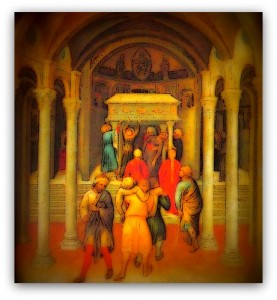 Giotto had to innovate and how much has been able to enhance the International Gothic. In those nine cities, you have the opportunity to observe all that together and spread normally, in Italy and abroad. Frescoes, tables and sculptures, illuminated manuscripts and rare jewelery you tell the age of a man named Francis, and a town called Assisi.
Giotto had to innovate and how much has been able to enhance the International Gothic. In those nine cities, you have the opportunity to observe all that together and spread normally, in Italy and abroad. Frescoes, tables and sculptures, illuminated manuscripts and rare jewelery you tell the age of a man named Francis, and a town called Assisi.
 Meeting Benches World art in all forms
Meeting Benches World art in all forms


